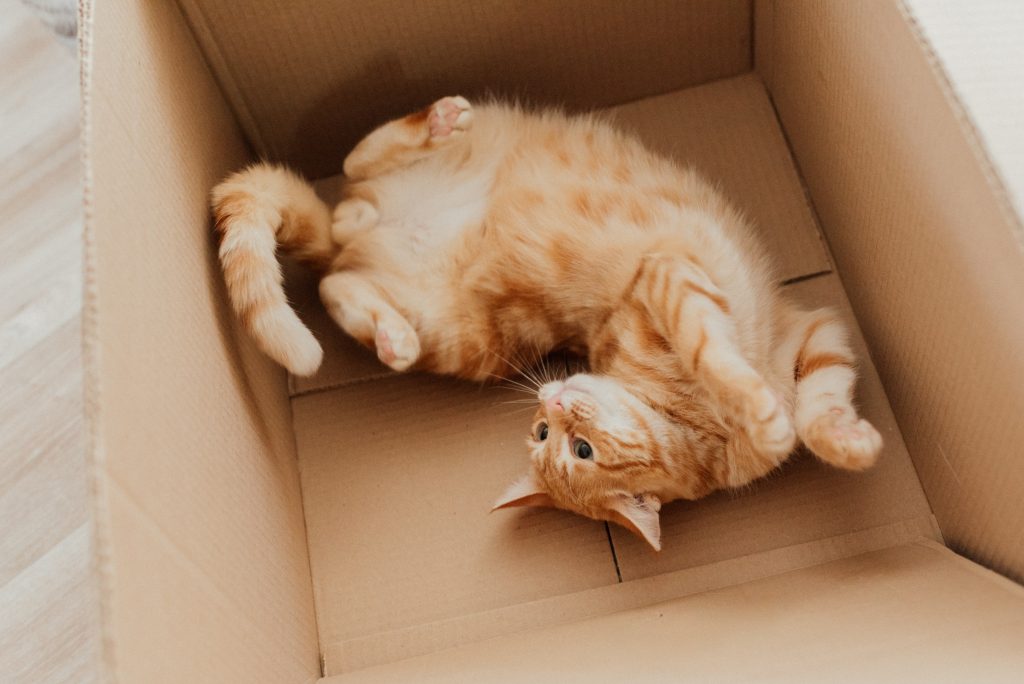Moving with pets can seem virtually impossible, especially if you own a cat. Most cats don’t like car rides. Getting them into their carrier (or even into the car) can be
virtually impossible. Even if you figure out how to get your feline friend into your new home without getting scratched, Mr. Whiskers will likely suffer some confusion and depression with his “new territory.”
Follow these tips to make a move as easy as possible.
Getting Your Cat into the Carrier
Start by getting your cat into a single room. This will prevent him from rushing off whenever you try to get him into the carrier. Ideally, the room should be empty, so there are no places for Mr. Whiskers to hide.
Getting your cat into the carrier can be rather tricky. If your cat is particularly aggressive, you may have only two options:
- Drop a towel on your cat and wrap it around him, preventing scratches. Then, put him in his carrier.
- Contact your vet for a sedative. They’re fiercely regulated, though, and you’ll usually need to take the cat to the vet to have them administered – meaning you’ll need to get him into the carrier in the first place. Stick with the towel method.
Driving to Your New Home with Your Cat
Car rides are rather traumatic for cats. Expect your cat to mew and cry for the duration of the trip. Be sure to speak to your cat in a comforting and reassuring tone during the trip. This may help calm him, but you’ll find that it doesn’t work long.
It’s not recommended that you allow your cat out of the carrier while driving unless it’s a long trip and your cat needs to use the litter box. Most cats will be too tired to use it during the move.
Adjusting to the New Home
This is a two-phase process. Start by keeping your cat in a single room for two to three days. This will allow Mr. Whiskers to become familiar with the room. He’ll develop a level of comfort and a feeling of security, which will help with the next step.
After the third day, allow your cat to roam freely through your home. He’s unlikely to venture too far from his new “home base” and will retreat rather quickly at the first sign of danger. As time passes, your cat will become more and more comfortable with his new surroundings. Eventually, he’ll be right back to his old self.
While it’s debatable, many experts claim that a cat’s long-term memory only lasts about six months. Whether true or not, most cats have fully adjusted to significant changes (such as a move) within three to six months.
Help your cat ease the transition by maintaining as many of the same routines from your old home as possible. If your new home is bigger, your cat will be pleased with his new digs.
Fill out our quick form to get 100% free, no-obligation moving quotes from top-rated moving companies in the US.
Image from PEXELS.


